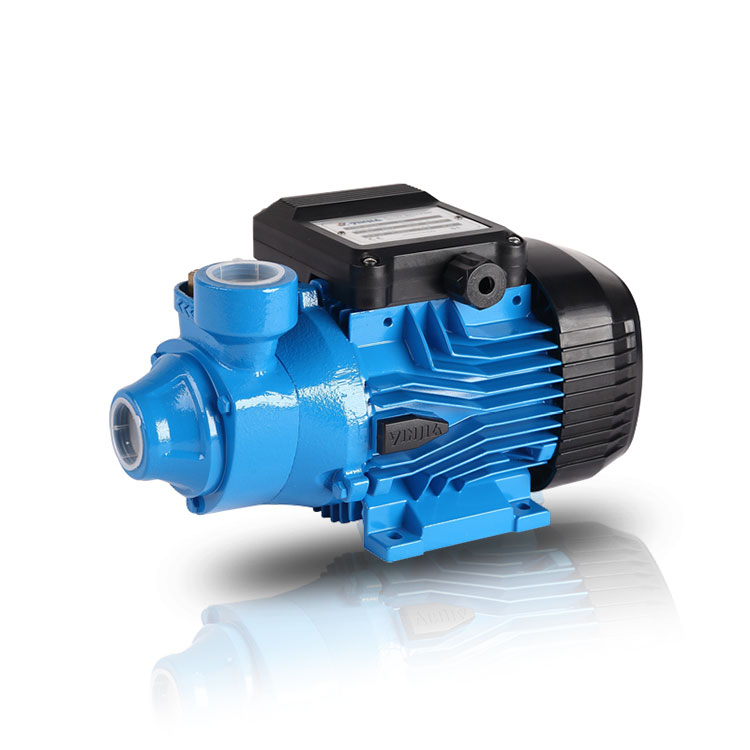Navigating Flow: A Guide to Installing Peripheral Pumps in Household Settings
2024-01-15
Introduction:
Peripheral pumps have become integral components in household water systems, offering efficient water circulation for various applications. Understanding the installation process is crucial for homeowners looking to enhance their water supply. In this blog, we will delve into the step-by-step guide to installing a peripheral pump in a household setting, ensuring a seamless integration that maximizes performance.
1. Selecting the Right Location:
Begin by choosing an optimal location for the peripheral pump. This is typically near the water source or storage tank, providing easy access for plumbing connections. Ensure the chosen spot is well-ventilated and meets any specific manufacturer recommendations.
2. Checking Power Requirements:
Before installation, verify that the electrical supply near the chosen location meets the power requirements of the peripheral pump. Ensure there is a dedicated power outlet to prevent overloading the circuit.
3. Securing the Pump:
Install the pump on a stable and level surface. Securing the pump ensures stability during operation and minimizes vibrations that could lead to noise or potential damage.
4. Connecting Inlet and Outlet Pipes:
Connect the inlet pipe to the water source and the outlet pipe to the distribution system. It's essential to use the appropriate pipe size and fittings recommended by the pump manufacturer to maintain optimal flow rates.
5. Filling the Pump with Water:
Before starting the pump, it's crucial to fill it with water. This process, known as priming, removes air from the system and facilitates efficient pumping. Follow the manufacturer's instructions for priming the peripheral pump.
6. Electrical Wiring:
Connect the pump to the power supply following the electrical wiring instructions provided by the manufacturer. Ensure proper grounding and adhere to safety standards to prevent electrical hazards.
7. Adjusting Pressure Settings:
Some peripheral pumps allow users to adjust pressure settings. Depending on your household's water requirements, set the pressure to achieve the desired flow rate. Follow the pump's manual for guidance on adjusting pressure settings.
8. Testing the System:
Conduct a test run to ensure that the pump is functioning correctly. Check for any leaks, unusual noises, or vibrations. Monitor the pressure and flow rate to confirm that they align with your household's water needs.
Conclusion:
Installing a peripheral pump in a household setting is a relatively straightforward process when approached systematically. By following the manufacturer's guidelines and considering the specific needs of your water system, you can harness the benefits of efficient water circulation, ensuring a reliable supply for various domestic applications. Whether it's for irrigation, home plumbing, or other water-related tasks, a well-installed peripheral pump becomes an integral part of a seamlessly functioning household.



